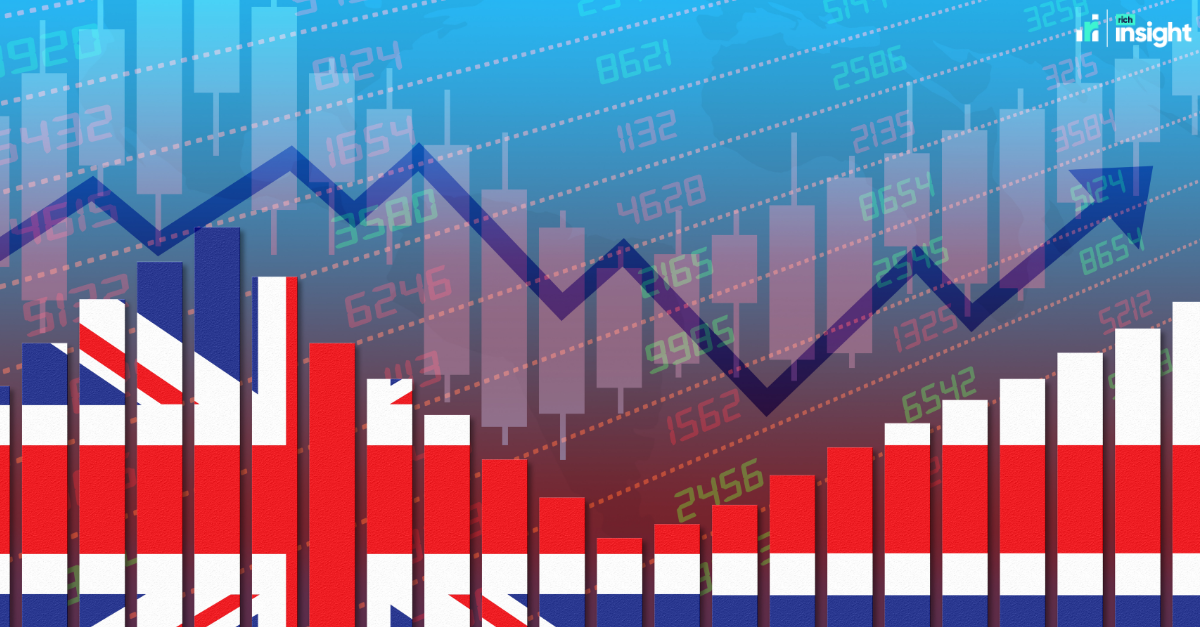AI or not AI? That is the question… on everyone's lips.
Artificial intelligence has the potential to affect every industry in Europe and online fashion marketplaces are no different. Be it one-click card payments or back office logistics software, online fashion marketplaces wouldn’t exist without technological innovation, but AI developments and wider digital trends could transform fashion e-commerce in the next few years. Here’s three key digital trends to be aware of.
Virtual try-ons
Imagine if Cinderella was able to try on the glass slipper virtually? Well, imagine no more. From photo-imaging for trying on sunglasses virtually to hyper realistic models of body shapes making digital fitting rooms a reality, virtual try-on technology is going from strength to strength. Levi’s, for example, is creating AI models that are customisable to “every body type, age, size and skin tone” while Farfetch has been collaborating with Snapchat to enable virtual wardrobes via your camera since the pandemic.
In particular, Augmented Reality (AR) is expected to lead the way (with AR you can get 3D images as an overlay without customers needing their own hardware - i.e. a Virtual Reality headset). AR will not only usher in a new era for virtual ‘try before you buy’ - boosting conversions and future sales - but it’s also likely to minimise the number of costly returns for brands.
What should fashion brands do? With the global virtual fitting room market expected to hit €14.3 billion in 2028 and conversion rates increasing by 250% when products are tried-on virtually, brands should start preparing for the new normal. Even if you don’t have the financial muscle or brand name of Levi’s to create your own AI, it’s likely that the online fashion marketplaces you sell on do (i.e. Asos’s ‘See my fit’ AR tool). Brands should engage with marketplaces to understand how best to photograph their fashion products for their virtual try-on tech.
ChatGPT
Anyone who saw the Pope in a Balenciaga puffer jacket can see AI’s potential to digitally dress customers, but what can AI like ChatGPT do to the online fashion market?
On the one hand, AI can support unglamorous back office tasks, such as writing copy for listings, streamlining inventory, creating loyalty discounts and reducing waste. For example, Adidas uses AI to produce stock according to demand to improve its sustainability efforts.
Then there’s the more glamorous ‘front-of-house’ potential of ChatGPT; quite literally serving as your personal assistant to an online fashion marketplace or digital store by enabling customers to ask for outfit recommendations, find similar alternatives, place orders or even ‘gift wrap’ a purchase. For instance, Zalando recently announced it will launch a fashion assistant powered by ChatGPT, enabling customers to search for fashion items using their own terms. Dressing for a ‘wedding in Santorini in July?’ The assistant will search for formalwear for Santonini’s hot summers.
What should fashion brands do? Marketplace searches often come down to using the right keywords and ensuring your listings are optimised for that specific site. ChatGPT will likely move the goalposts if customers can search for ‘Christmas chic’ instead of ‘cashmere cardigan’, so brands should keep tabs on developments and tweak listings accordingly.
5G in Europe
Mobile broadband might seem prehistoric in comparison to ChatGPT, but the increasing usage of smartphones for fashion purchases is a key digital trend for fashion brands in the immediate-term.
With high levels of smartphone ownership, fast internet and established logistics networks, fashion shoppers in Western and Central Europe are buying on mobile more than any other European region (mobile e-commerce accounts for 42% of sales). In particular, shoppers are using fashion marketplace apps like Shein and Zalando (downloaded 21 million and 8 million times in 2022 respectively) to make these purchases. However, many customers still view a product online and buy in store or view on mobile and buy on desktop due to poor mobile coverage. As such, when 5G networks - which currently have above 40% coverage in just three European countries - expand across Europe, expect the rate of mobile purchases to expand too.
What should fashion brands do? Sell on popular marketplace apps suited to your products (i.e. Shein focuses on fast-fashion and low prices) and make sure your listings are optimised for app usage. For instance, are the photos high enough quality for mobile screens? Are products price competitive for a scroll?
Stay on track of developments
Uncertainty brings opportunity. No-one is 100% sure which digital trends will have the most impact on the online European fashion market (i.e. Metaverse and NFT clothing peaked in public consciousness a few years ago, but have fallen down the pecking order recently), but staying on top of developments is a must.
For advice on digital trends affecting online fashion marketplaces, reach out to hello@emanaged.co.uk






Blog Comments